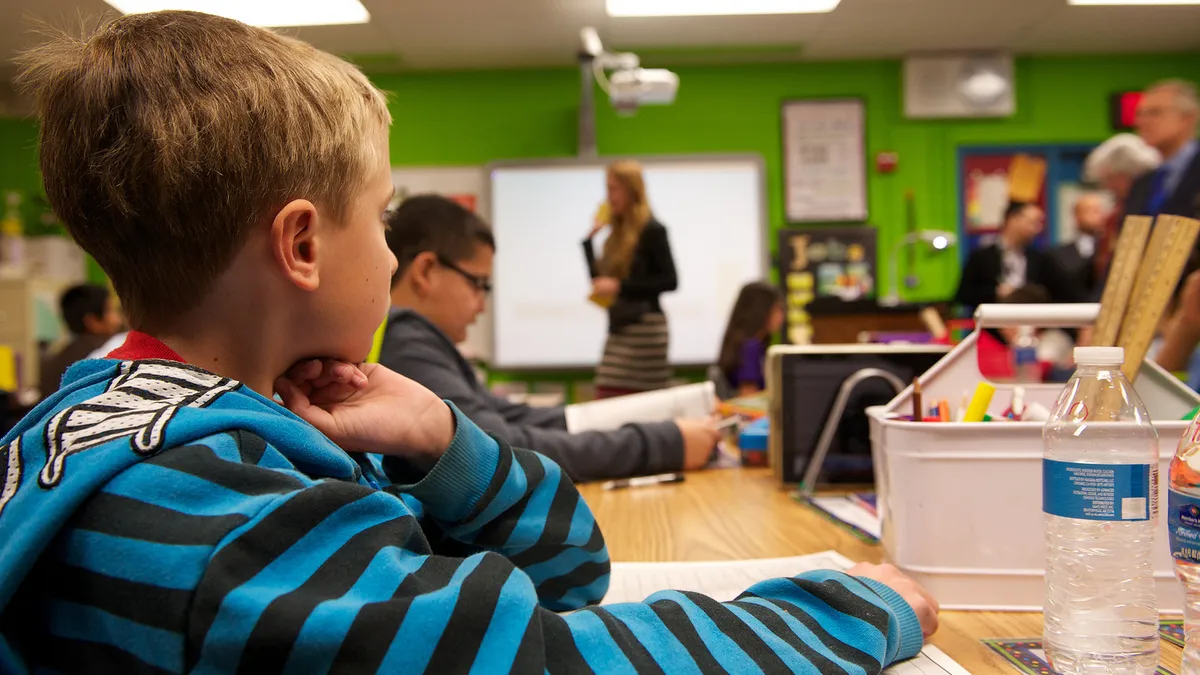Dive Brief:
- Though public schools in Washington, DC, recorded a 40% drop in suspensions over a two-year period, a Washington Post investigation uncovered evidence that seven of the city’s 18 public high schools had not allowed students to come to class due to behavioral issues without officially marking it as a suspension.
- Records examined from January 2016 and January 2017 at seven schools showed only 7% of suspensions that had been listed in administrative e-mails to staff at Dunbar High School were marked as suspensions in the system, while a third of suspensions at Cardozo High School had not been documented.
- The allegations follow a multi-year effort to move away from authorizing suspensions too quickly, particularly when they were found to have disproportionately affected students of color and disabled students, and DC Schools Chancellor Antwan Wilson stood by the suspension drop, with another official saying the practice wasn't necessarily widespread throughout the system.
Dive Insight:
Though there has been increased pressure to reduce suspensions on the basis of how they disproportionately affect certain student groups, some argue that reducing suspensions can actually hinder student and school performance. "Restorative justice" programs have become increasingly popular as schools work to address the school-to-prison pipeline created by previous "zero tolerance" disciplinary practices, and while many schools and districts have seen positive results, concrete data is still limited.
However, the widespread adoption of restorative justice and other practices aimed at stemming the school-to-prison pipeline could be hindered if they become associated with doctored suspension numbers. If some of the preliminary evidence supporting the positive impact of restorative justice is correct, shortcuts to reduce the number of suspensions could be harmful and would potentially lead others to decide the policy is unworkable and not worth pursuing.












